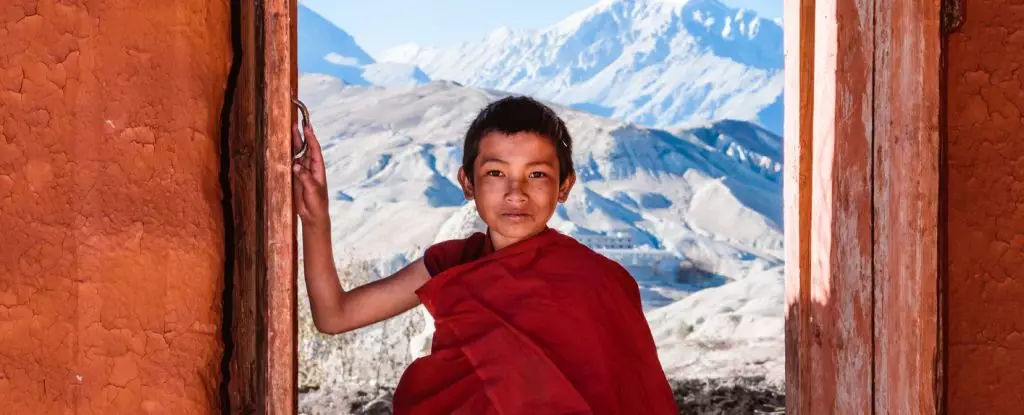As humanity continues to navigate the challenges of diverse environments, the phenomenon of biological adaptation to extreme conditions draws significant interest among scientists. One of the most dramatic examples of this is the physiological changes seen in human populations living at high altitudes, particularly on the Tibetan Plateau. The adaptations these communities have developed provide a remarkable insight into human evolution, showcasing how our biology is intricately linked to our environment.
The Reality of High Altitude Living
Living at high altitudes presents unique challenges primarily due to reduced atmospheric pressure, which translates into lower levels of available oxygen. For many, this condition leads to altitude sickness, a state characterized by a range of symptoms, from headaches to more severe issues like pulmonary edema. Despite such risks, Tibetan people have thrived for over 10,000 years in an environment where oxygen levels are considerably diminished compared to lower altitudes. Rather than suffering adverse effects, these populations have evolved physiological adaptations that enhance their ability to extract and utilize oxygen efficiently.
The anthropological research led by Cynthia Beall highlights these adaptations as critical indicators of how humans may continue evolving. Her team’s findings, published in October 2024, delve into the specific genetic traits that characterize Tibetan populations and facilitate their survival in this challenging environment. Their work sheds light on the intricate relationship between genetic predisposition, environmental stresses, and reproductive success.
Central to Beall’s research is the concept of natural selection, primarily measured through reproductive success—specifically, the number of live births reported among women living at high altitudes. The study focused on 417 women aged 46 to 86, all lifelong residents of lofty elevations above 3,500 meters. Through extensive data collection, researchers assessed the women’s reproductive histories alongside critical physiological markers, such as hemoglobin levels and oxygen saturation.
Interestingly, the findings reveal that these women had optimal reproductive success when their hemoglobin levels were moderate, while still exhibiting high levels of oxygen saturation. This nuance counters previous assumptions that merely higher hemoglobin translates into better survival rates. Rather, it appears that balance is key; not too viscous blood, yet capable of delivering ample oxygen to vital organs.
The study identifies several key physiological traits that contribute to the superior reproductive outcomes observed within this population. Women with a higher capacity to circulate blood into their lungs and enlarged left ventricles in the heart exhibited greater success rates. These adaptations collectively enhance the efficiency of oxygen transport in the bloodstream when the air exhaled is scarce in oxygen.
This exploration of human physiology demonstrates a continuous adaptation to environmental challenges—a defining feature of our species. However, beyond mere biology, the findings also suggest that cultural practices play a role. Societal norms encouraging early marriage and reproduction extend the reproductive window, thereby influencing the overall number of live births.
Examining the Tibetan population’s adaptations not only sheds light on how specific communities have overcome environmental adversity but also prompts a reflection on the broader scope of human evolution. This is especially relevant in today’s context, where climate change and environmental shifts are becoming increasingly pronounced. How might modern humans adapt to the challenges posed by rising temperatures, changing landscapes, and dwindling resources?
Moreover, the Tibetan case foreshadows potential future adaptations as human populations face new health challenges owing to environmental changes. Our species has historically demonstrated impressive resilience and capacity for evolution, and ongoing research, like Beall’s, may illuminate pathways for adapting to future conditions.
The adaptations of high-altitude Tibetans exemplify the incredible ability of human beings to evolve and thrive despite environmental stresses. The intricate interplay between biological traits and cultural practices forms a complex tapestry that ensures the continued survival of communities across starkly different settings. As scientific inquiry into such extraordinary adaptations progresses, we deepen our understanding of what it means to be human in a constantly changing world. This ongoing narrative of adaptation not only celebrates our past but also sets the stage for the future dynamics of human evolution.


Leave a Reply